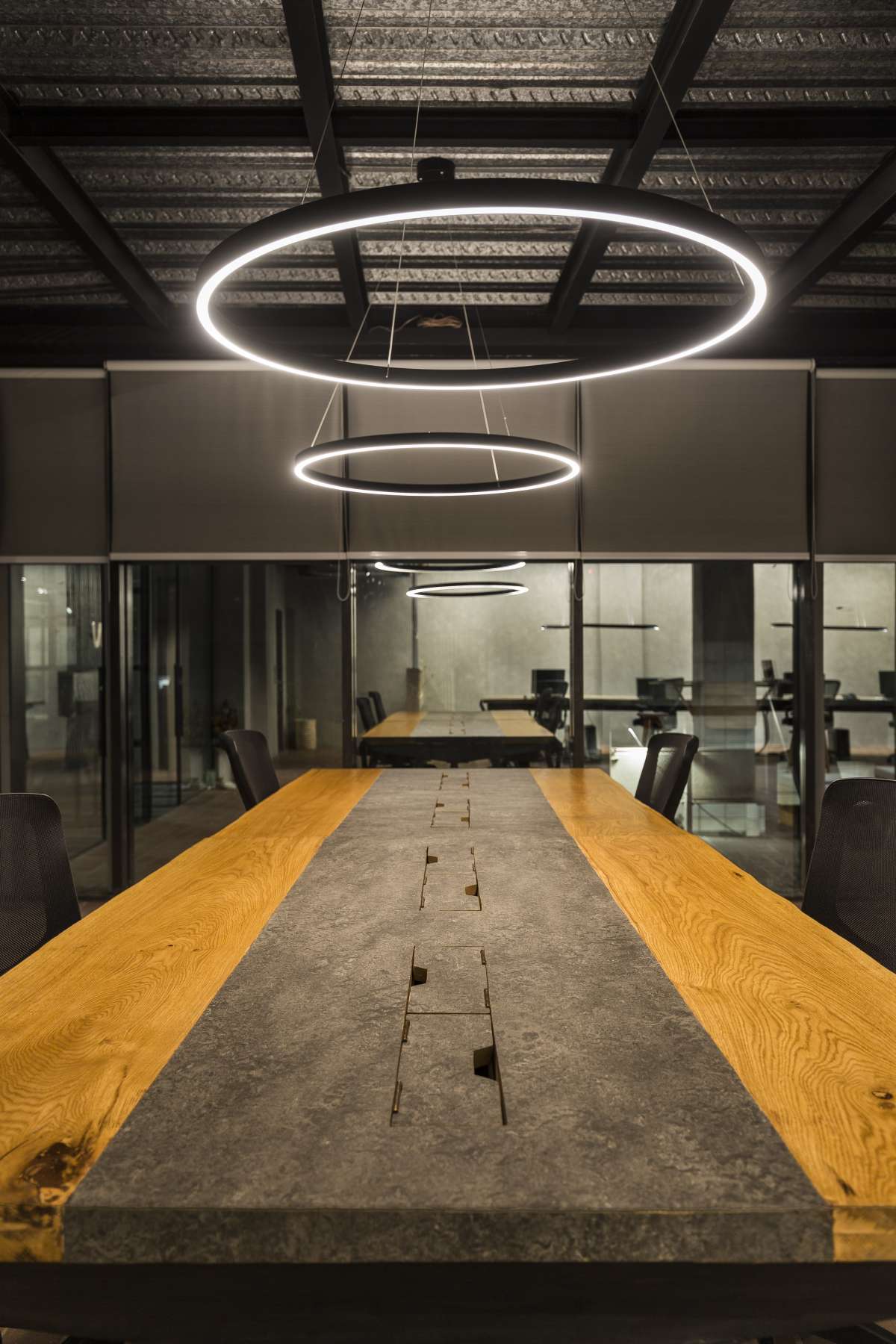Ways Does Lighting Design Revamp Spaces and Broadcasts?
Lighting design is an important facet of both building and media atmospheres, forming the method we experience spaces, programs, and home entertainment. It involves more than simply lighting up an area; it has to do with crafting a mood, improving visual allure, and making sure that the area operates optimally for its intended objective. From television workshops in London to living areas in Miami, the concepts of lighting design are applied to develop atmospheres that engage and astound.
In television and broadcasting, lighting design is vital for accomplishing high-quality visuals. Tv lights developers must be careful, considering whatever from the design of the readied to the communication of light with camera lenses. designs lighting requires precision in stabilizing light and darkness, guaranteeing the optimal light ratio for various scenes. Illumination developers require to understand exactly how their styles will show up on cam, adjusting for aspects like shade temperature, lumens, and the kind of LED lights made use of. This is specifically crucial in news programs and songs shows, where the illumination needs to adjust to various moods and setups in real-time.
Including LED innovation has changed lighting design, particularly in the context of broadcasting. LED lights offer adaptability in terms of shade temperature and strength, permitting lights developers to explore various colors and results to match the broadcast's theme. For instance, in video or live performances relayed from major cities like Los Angeles, LED backlights produce vibrant and lively settings. The backlights can be gotten used to match the songs and stage layout, enhancing the total experience for visitors. In a studio setting, tv illumination developers may use LED fixtures to create refined backlighting that enhances the subject while staying clear of severe darkness.
Lighting design is additionally an important part of home and industrial areas, where it affects how we engage with our atmosphere. Designing illumination for a living room, as an example, calls for consideration of components like wall surface colors, furnishings placement, and all-natural light sources. LED backlighting for TVs is popular, especially for those seeking an immersive watching experience. Firms like Amazon provide various DIY kits for setting up TV lights that not just boosts visual appeal yet additionally reduces eye pressure. By choosing the appropriate LED light strips and light bulbs, property owners can produce ambiance in their spaces that fits their style and choices. Whether developing for a small apartment in the UK or a sizable living room in Miami, lighting design aids transform regular areas into captivating settings.

Expert illumination designers usually team up with interior developers and architects to establish extensive lights plans. They consider exactly how light engages with different surfaces, like walls and furnishings, and just how it impacts the understanding of color and space. These developers are responsible for creating the appropriate atmosphere, whether it's with job illumination, accent lighting, or general illumination. The ceiling, wall surfaces, and furniture all play considerable functions in exactly how lights is viewed, and lighting designers utilize this expertise to create natural designs that boost each aspect of a space.
In the broadcasting globe, lighting design plays a fundamental function in video production, guaranteeing that the content looks expert and interesting. For live programs, lighting designs have to be vibrant and versatile, calling for apps and technology that permit quick adjustments. Modern illumination developers utilize tools like remote apps to change color temperature levels and strength on the fly, guaranteeing the illumination stays constant also when conditions change suddenly. This is especially important in online television and radio shows that include video elements, as any type of illumination incongruity can sidetrack from the program.
Television lighting design additionally intersects with innovation with systems like YouTube and LinkedIn, where illumination designers share their work and discuss the most up to date developments in the field. Social media site and on-line systems have actually come to be necessary for designers to display their portfolios and exchange concepts, especially for those working in open markets like Los Angeles and London. These systems provide possibilities for lighting developers to explore innovative techniques, such as the use of portable lights carts that offer adaptability for shoots outside conventional workshop areas.
The development of LED innovation has likewise affected industrial and building lighting design. From relaying workshops in the UK to DIY setups in office, the efficiency and adaptability of LED lights make them a recommended selection for developers. These lights supply a variety of color temperature levels and intensity degrees, allowing lighting developers to achieve specific illumination and mood control. The capability to adjust LED lights remotely via applications better enhances their appeal, offering alternatives for customizing lighting to match different settings, whether it's a broadcast studio or a living-room.
When developing lights for tv, lighting designers must take into consideration the requirements of numerous sorts of broadcasts, including information, songs, and live events. In information studios, for example, television lighting developers focus on creating an expert and constant light that boosts the on-air individualities without distracting from the material. Making use of LED backlighting and ceiling fixtures helps accomplish an also illumination, guaranteeing a clean and refined look. In songs broadcasts, designers play with color and motion, utilizing dynamic lights systems that reply to the rhythm and energy of the performance. This level of flexibility calls for an in-depth understanding of both technology and imaginative design principles.
Whether operating in program studios, architectural rooms, or home configurations, lighting developers are vital in shaping our visual experiences. They craft settings that enhance the mood and feature of a room, developing layouts that resonate with audiences and users alike. From using LED technology to incorporating clever lights systems, the area of lighting design remains to progress, integrating brand-new tools and concepts that press the borders of creativity and advancement.